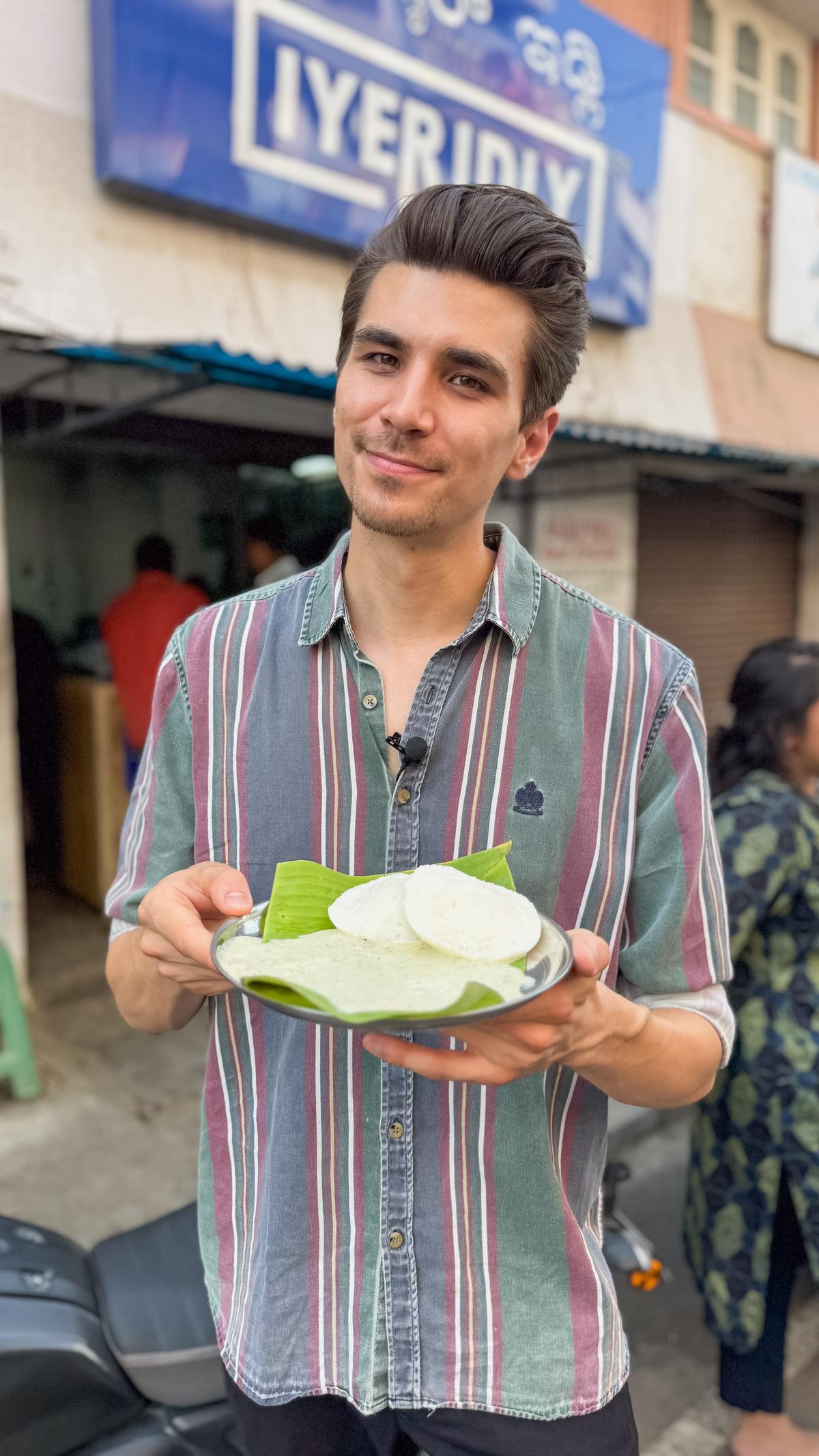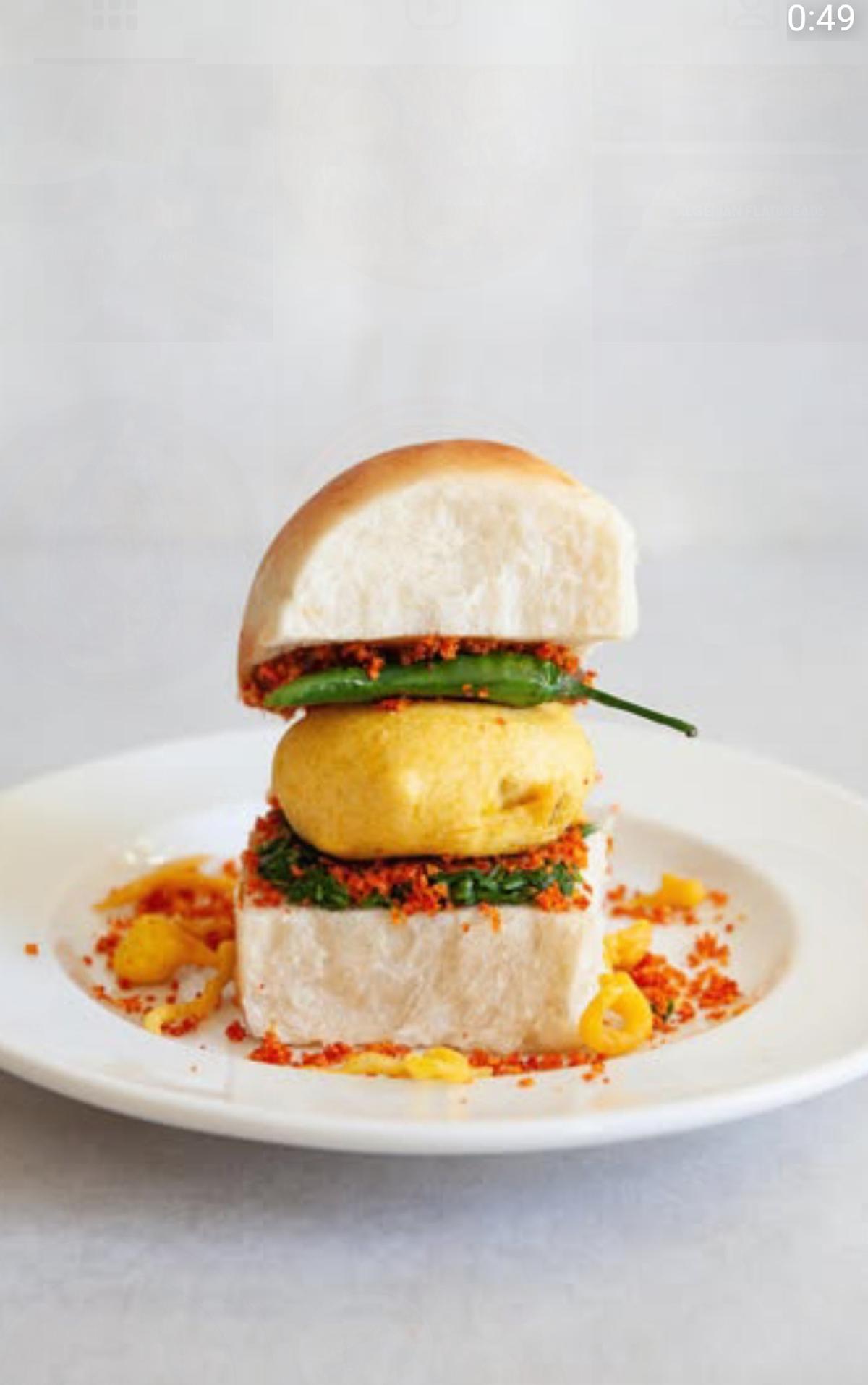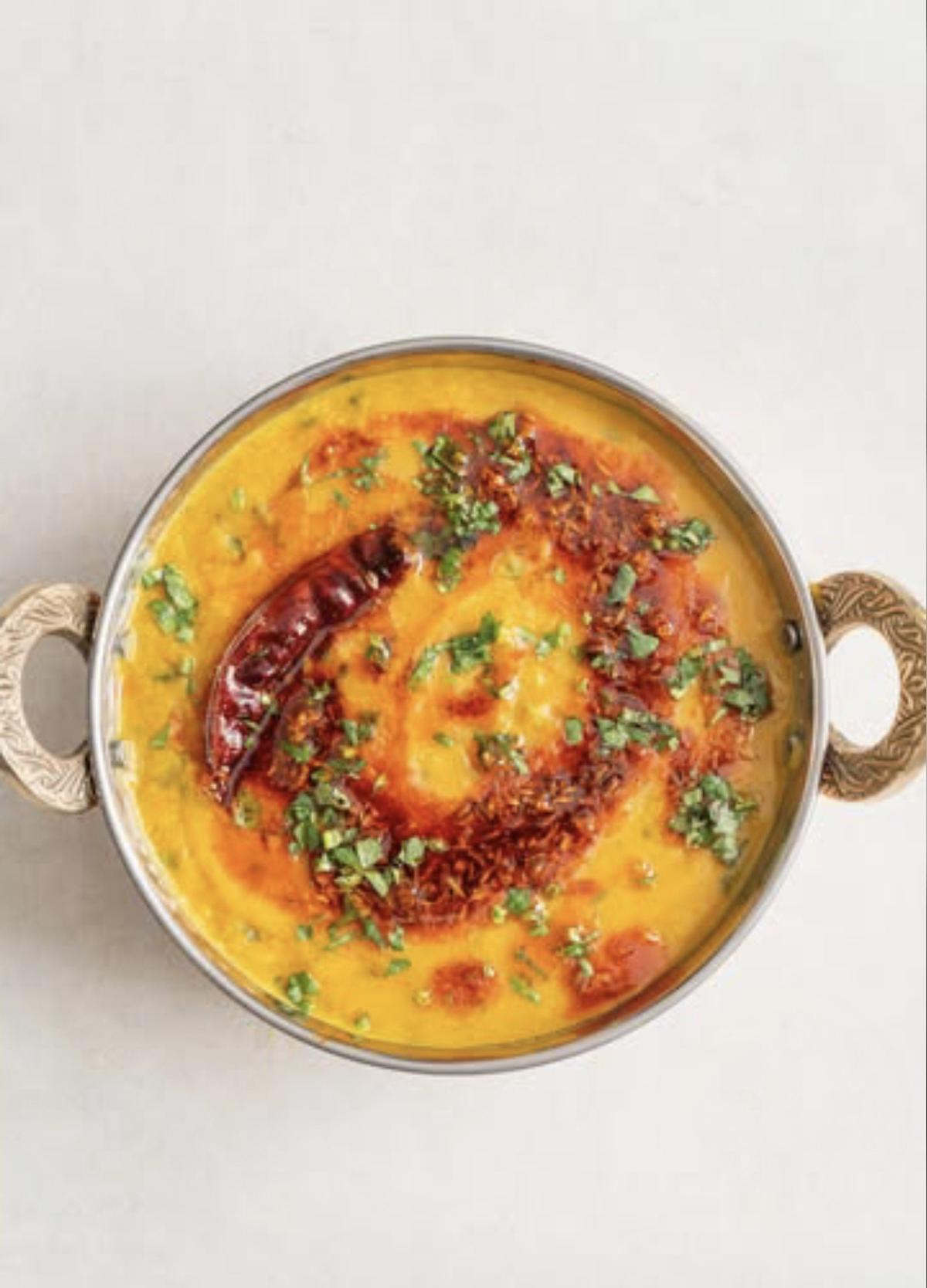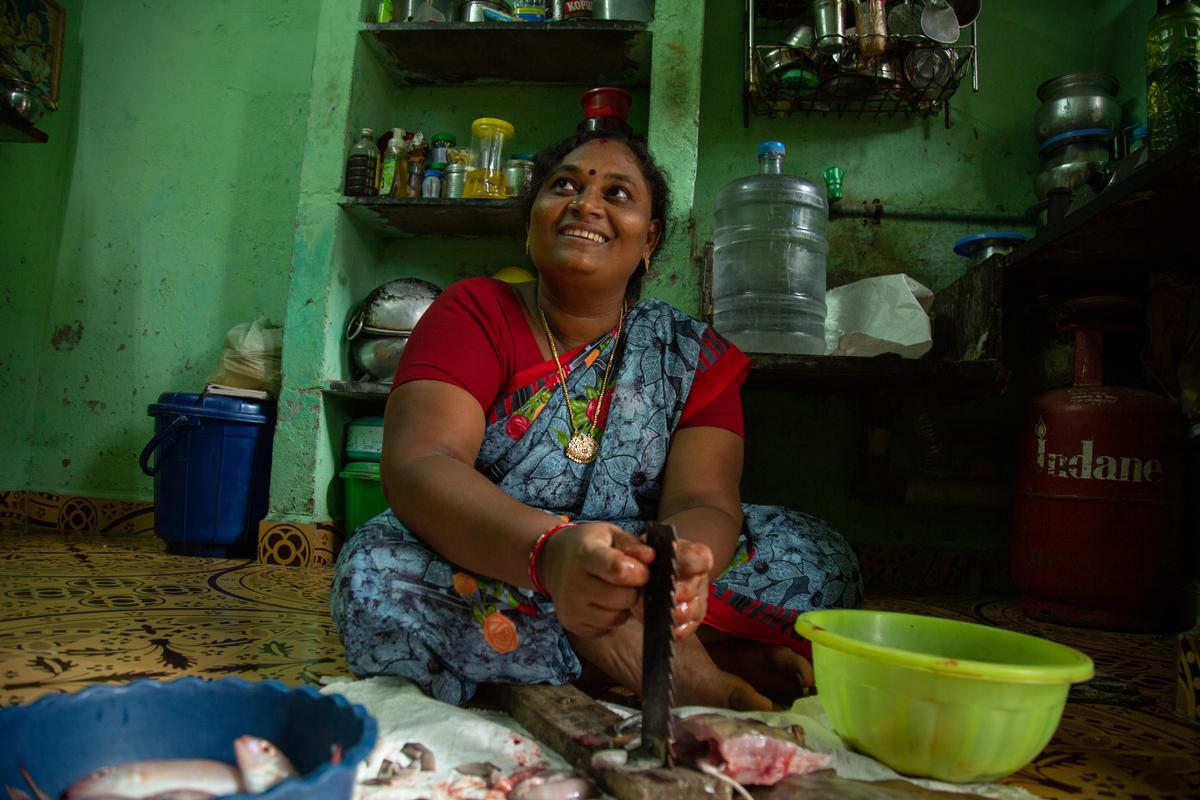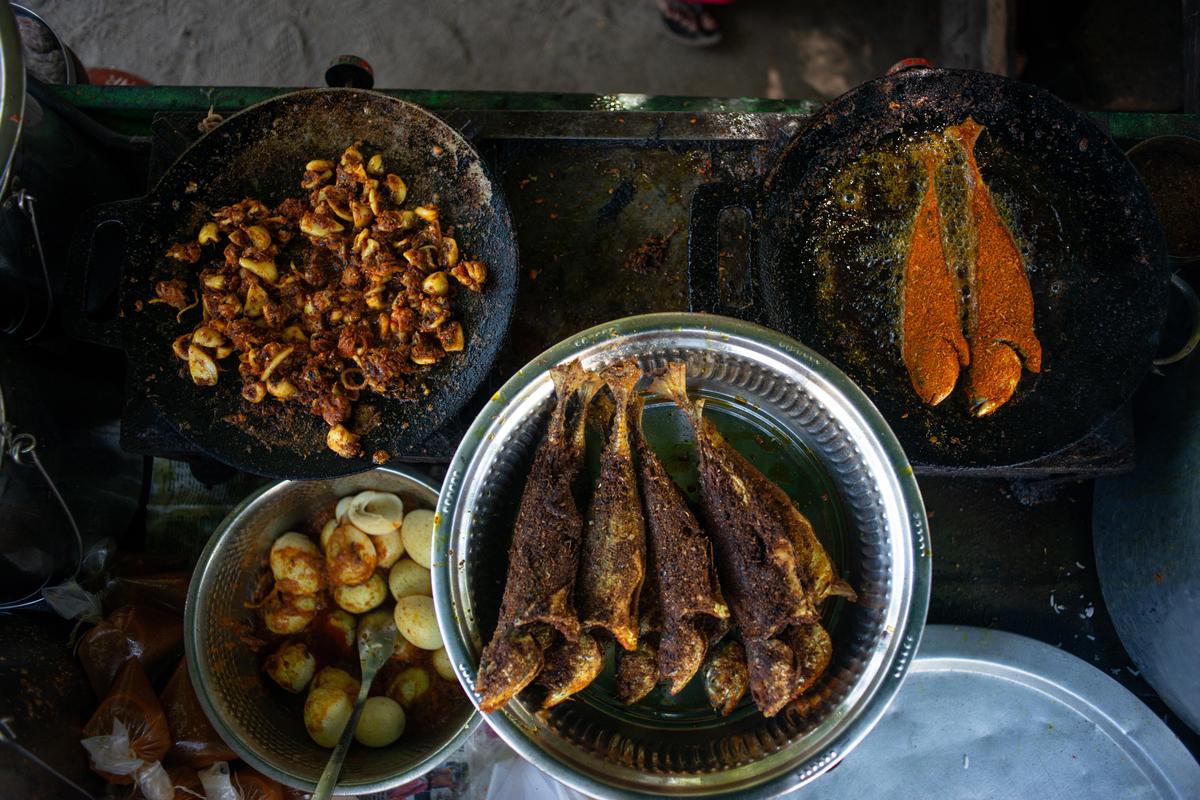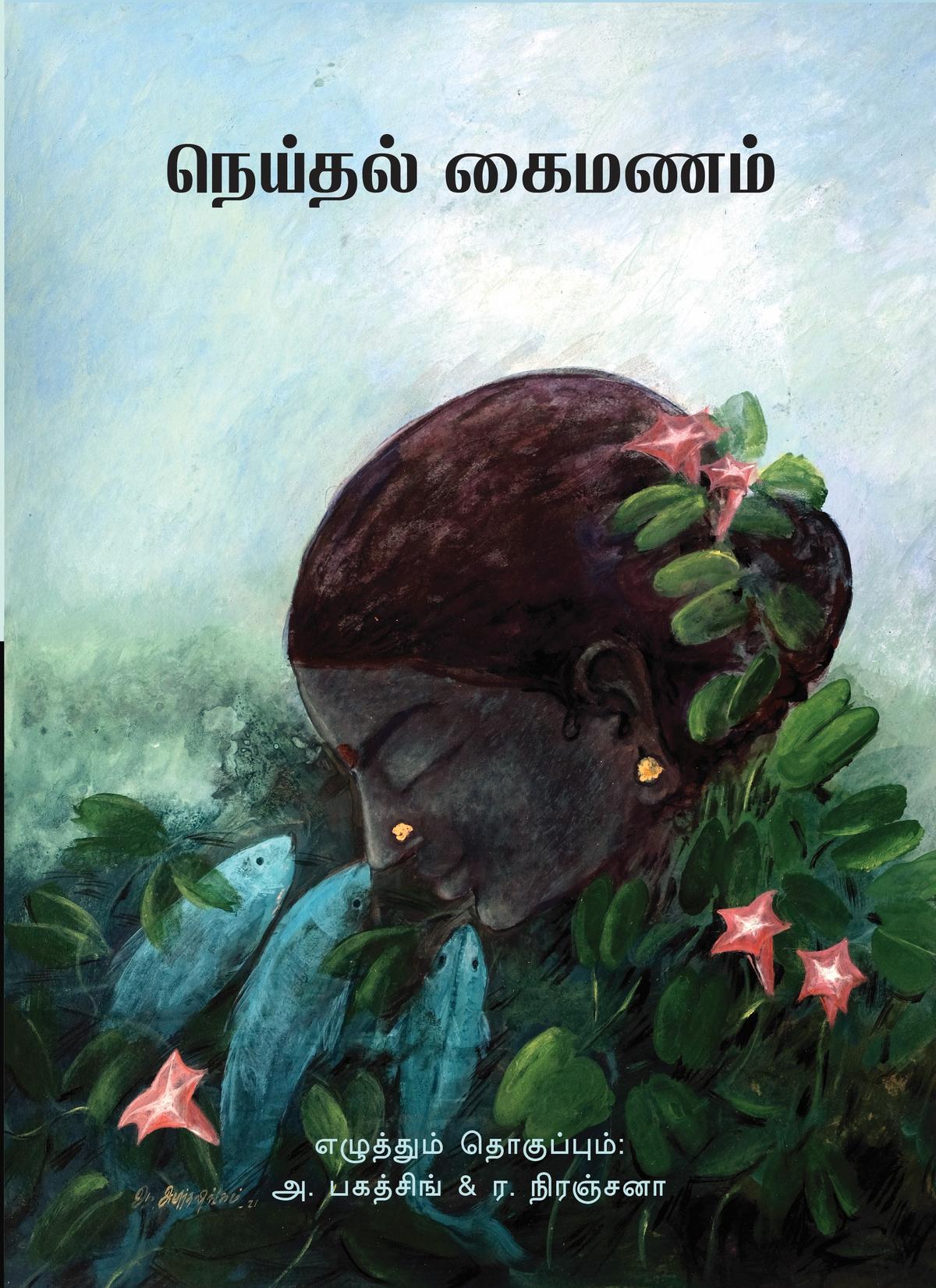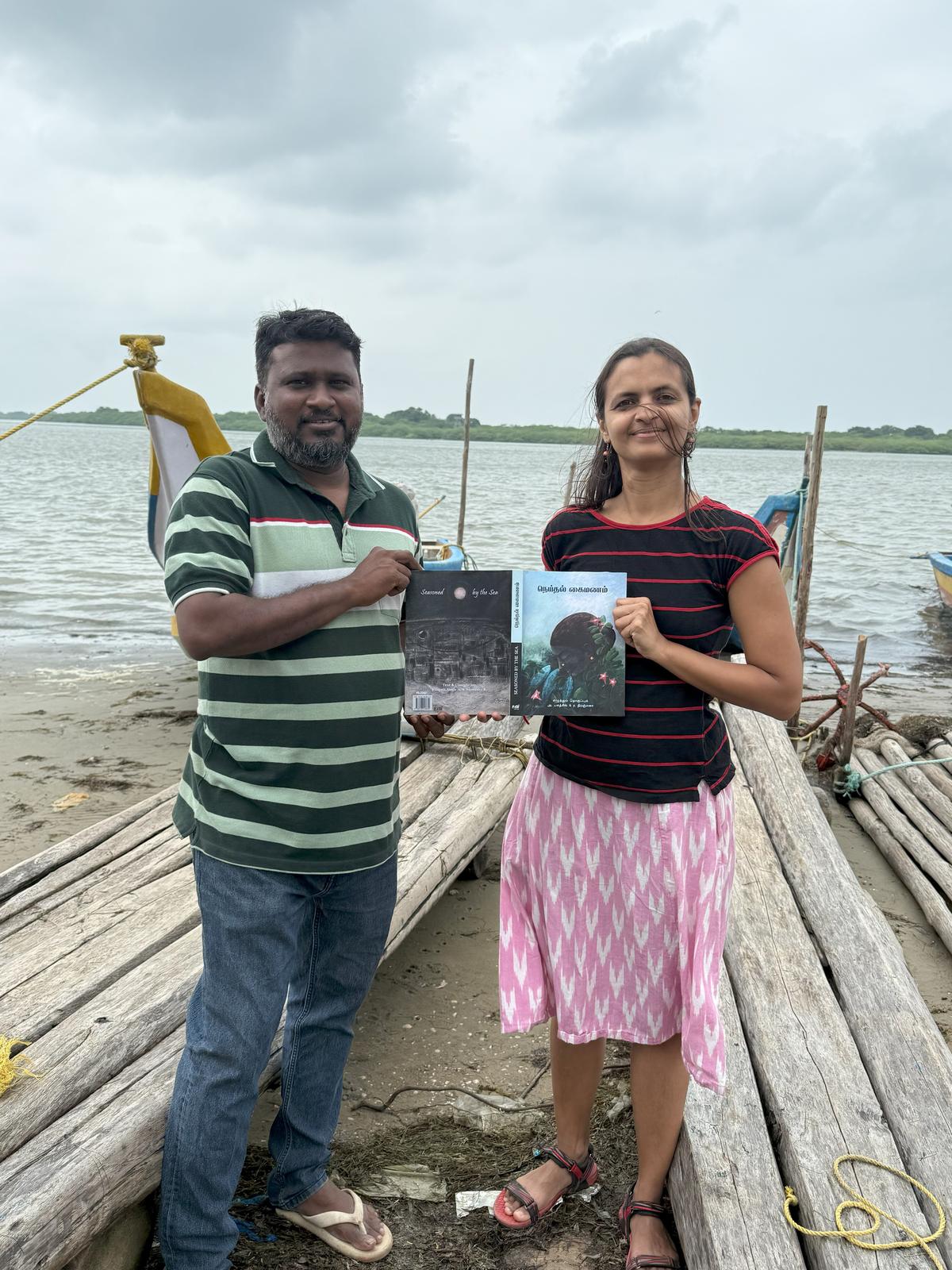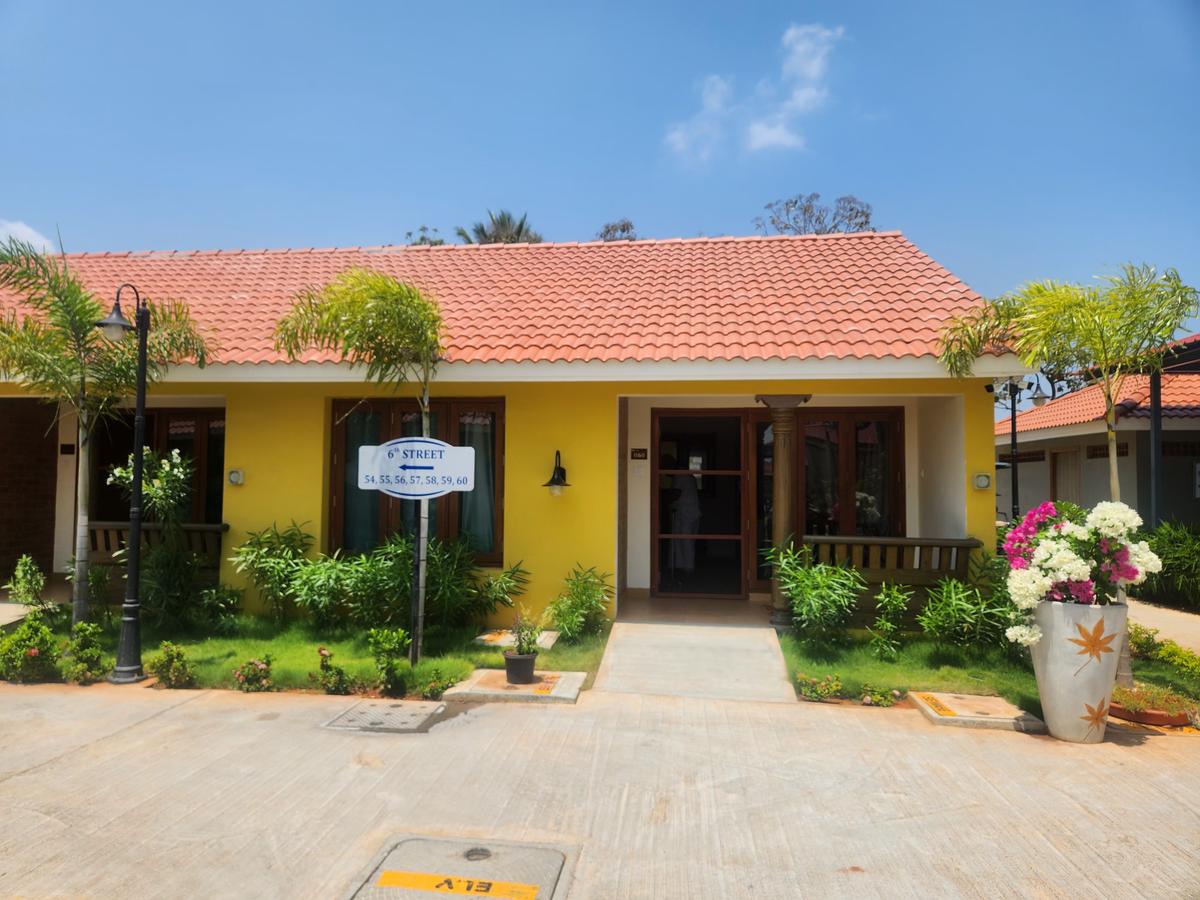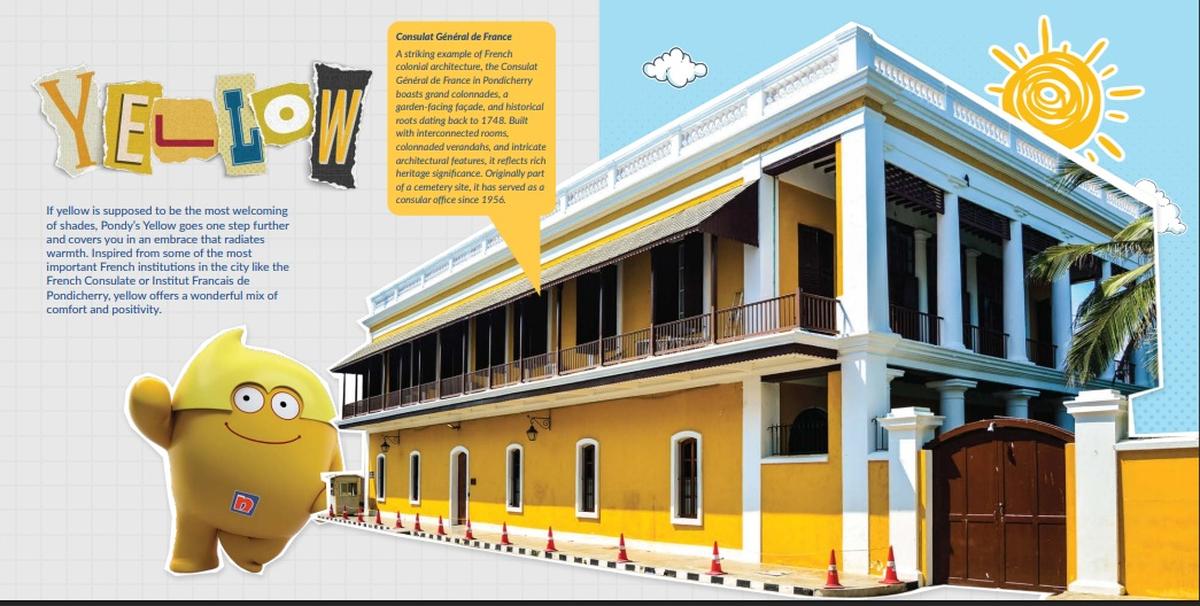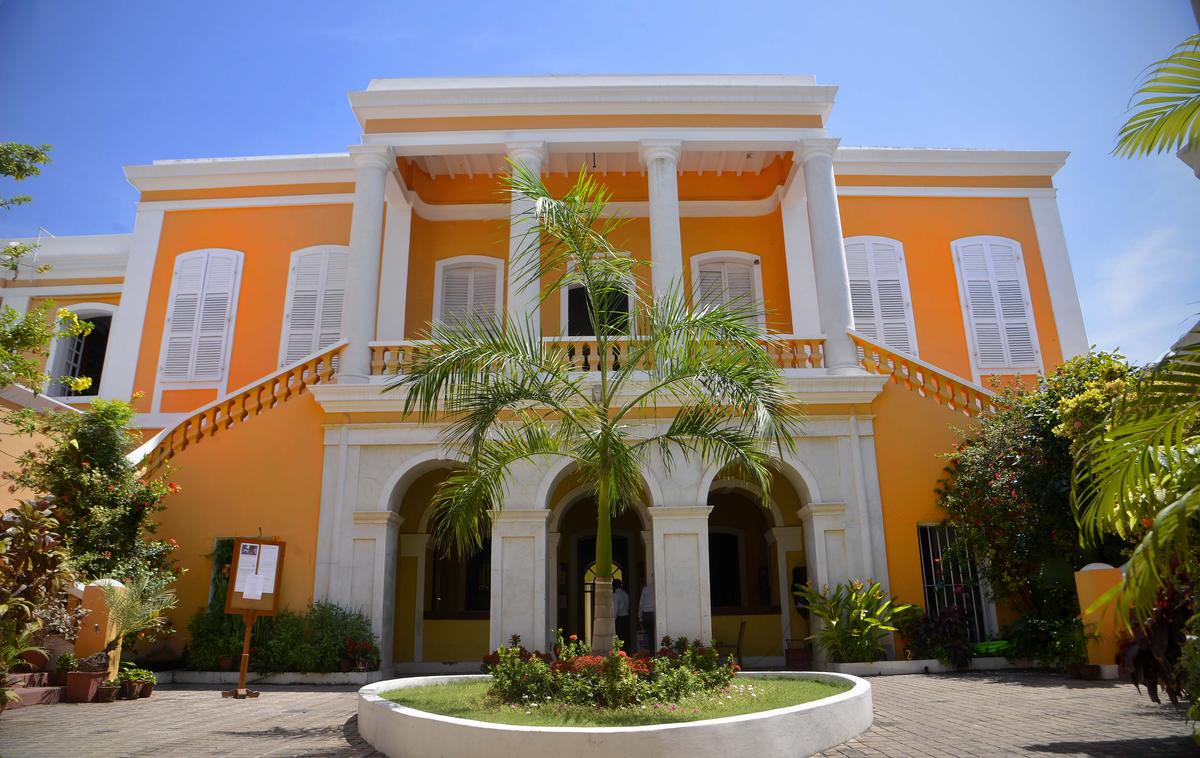Growing up, Athira J was not a big fan of idlis. “If someone at home said we have idli for breakfast, my whole mood would be spoiled,” she says. However, now, Chaikaari, the eatery she runs with her cousin Arun Kumar BS, sells around 2.5 lakhs idlis a day, through its five outlets in the city. The brand serves varieties such as ghee podi (a lentil-based spice seasoning) idli, kariveppila (curry leaf) podi idli, butter podi idli, ellu (sesame) podi idli, cilantro podi idli and peri peri idli.
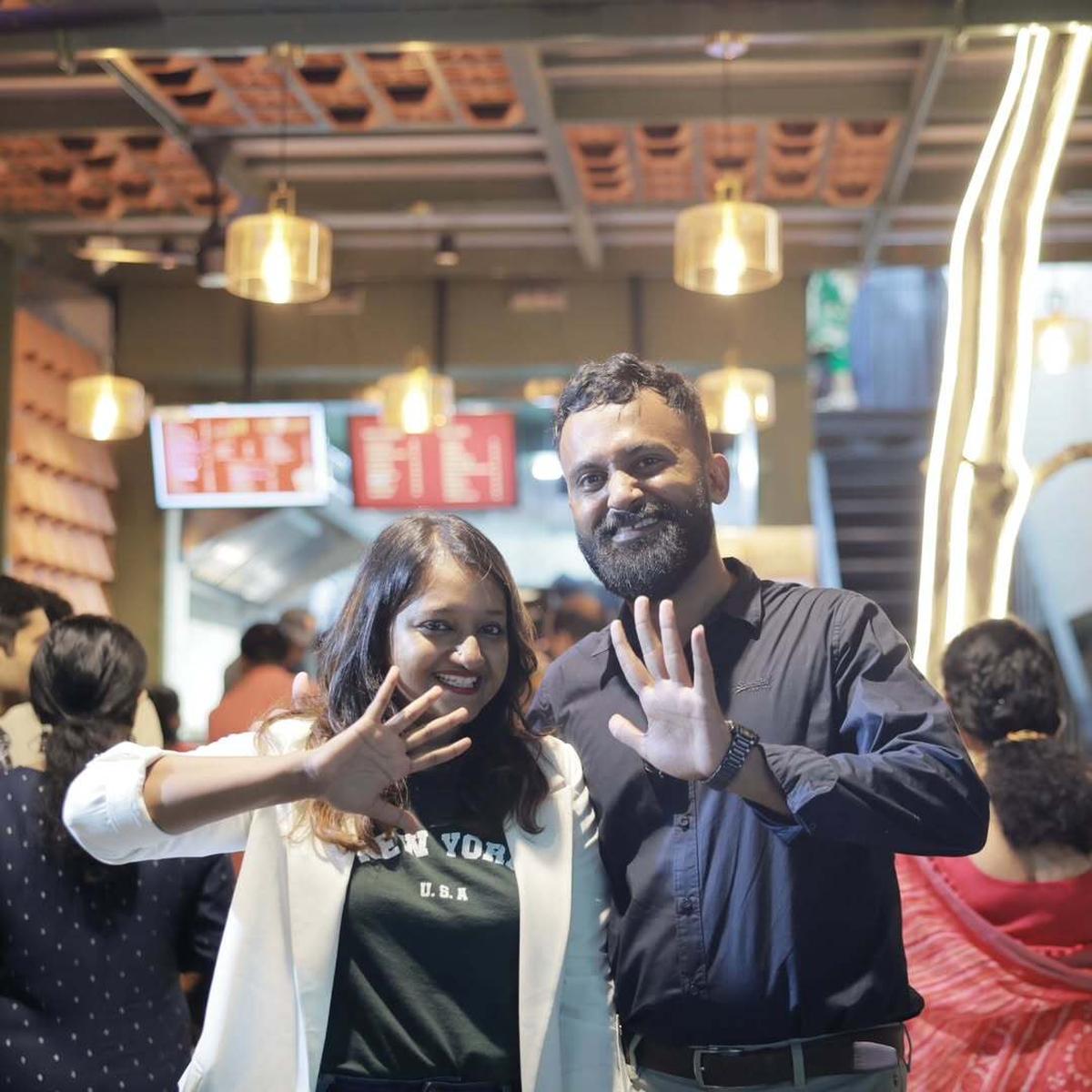
Athira J and Arun Kumar BS, founders of Chaikaari.
| Photo Credit:
SPECIAL ARRANGEMENT
Chaikaari is among the several eateries in the city that have rolled out a range of idli varieties. From Ramasseri idli, almost the size of a pancake with its origins in a village in Palakkad district, to different types of idlis, the steamed dish is available in interesting variants, thanks to outlets such as Suda Suda Idli, Modak Food and Podi Idlyum Kattanum, among others in the city.
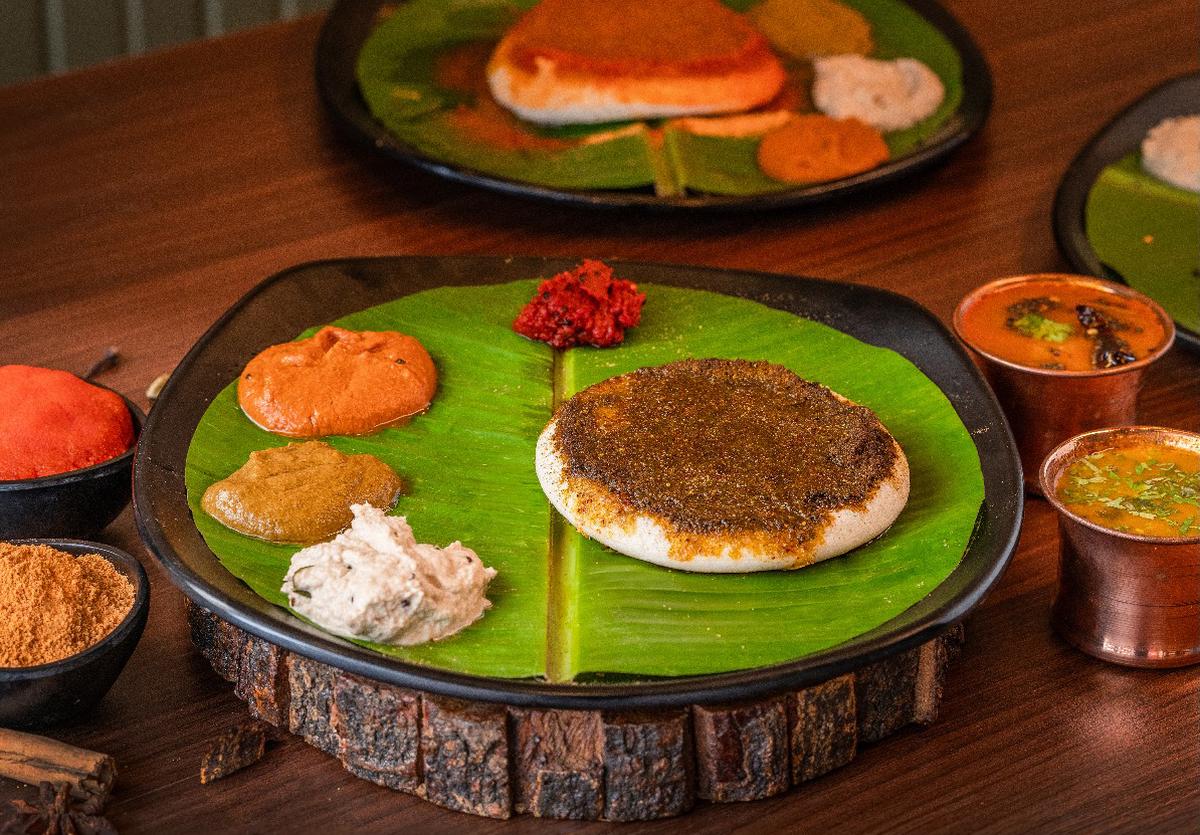
Kariveppilapodi idli from Chaikaari
| Photo Credit:
SPECIAL ARRANGEMENT
The idli, once labelled “the most boring thing in the world” by a British historian on X (previously Twitter) in 2020, sent ripples across the internet with Thiruvananthapuram Lok Sabha MP Shashi Tharoor backing the rice and lentil-based South Indian breakfast dish. The latter retorted on the platform saying, “Civilisation is hard to acquire: the taste & refinement to appreciate idlis, enjoy cricket, or watch ottamthullal (a dance and poetic performance) is not given to every mortal. Take pity on this poor man, for he may never know what Life can be.”
For actor Venkitesh VP a.k.a Venky, who co-owns Suda Suda Idli located near Sree Padmanabhaswamy Temple, cooking and serving idlis have a deep family connection. His grandmother, Saraswathy Ammal, used to run an idli shop decades ago, earning her the title Idli Amma in the West Fort area. He considers it fate that now he is running an idli kiosk with his friends Sreeram Krishnaswami, Vignesh G, Arun Kumar B V and Vijay Kumar.
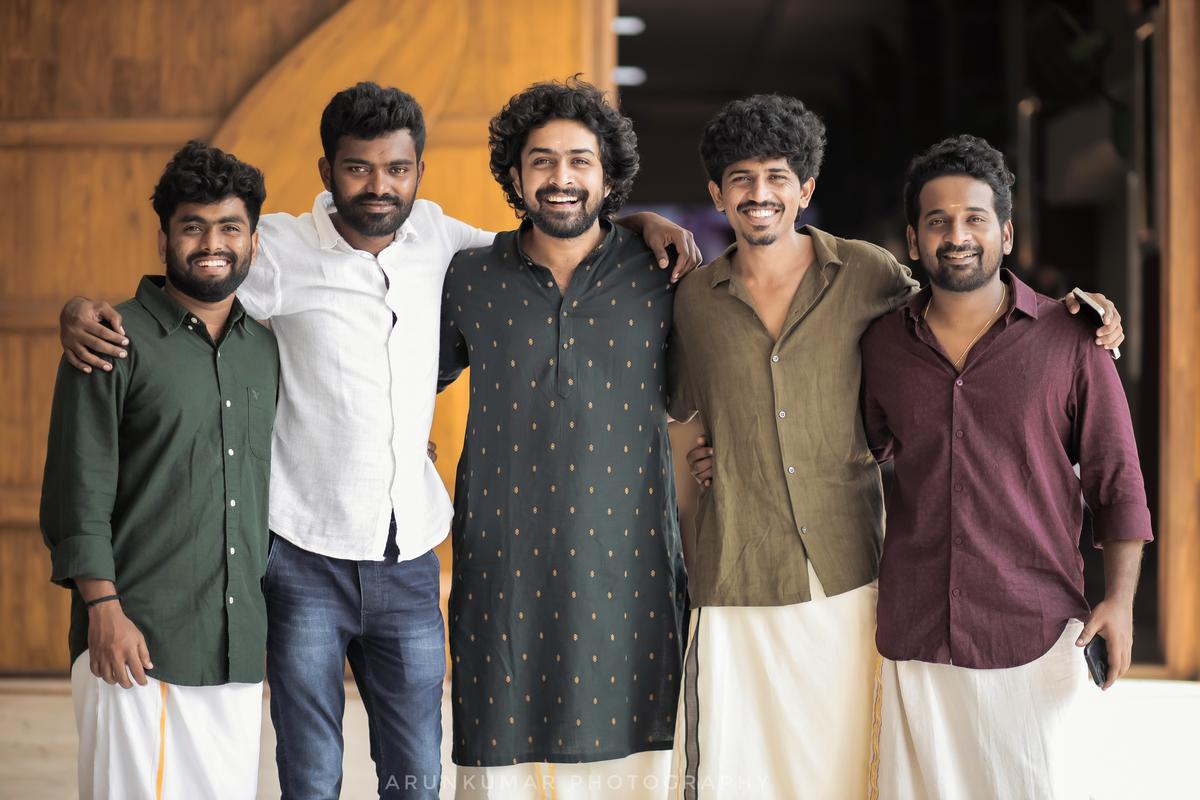
Owners of Suda Suda Idli: (from left) Vijay Kumar, Vignesh G, Venkitesh VP, Arun Kumar B, Sreeram Krishnaswami
| Photo Credit:
SPECIAL ARRANGEMENT
The idea of starting the shop popped up during a discussion with his friends when he returned home to the city following a break from a Telugu movie. “Almost a month after that, we managed to bring our plan to fruition. I love idlis. It is my favourite after porotta and beef,” says Venky.
Soya idli being made at Suda Suda Idli
| Photo Credit:
NIRMAL HARINDRAN
The outlet serves five idli varieties, including soya idlis (soya chunks cooked in masala folded into the idli batter), flat, thick butter thatte idlis coated with two types of podi and mini podi idlis, fried in ghee, and doused in sambar and chutneys.
Butter thatte Idli from Suda Suda Ildi
| Photo Credit:
NIRMAL HARINDRAN
Owner of Modak Food, a Kazhakkoottam-based cloud kitchen, Arun Anirudhan, says, “I have always liked idli and found it to be a healthy choice for breakfast.” Formerly working in Bengaluru, he was set to become a foodpreneur, inspired by what he had tasted in Karnataka, ultimately including podi idli, butter idli, ghee idli and so on in his menu.
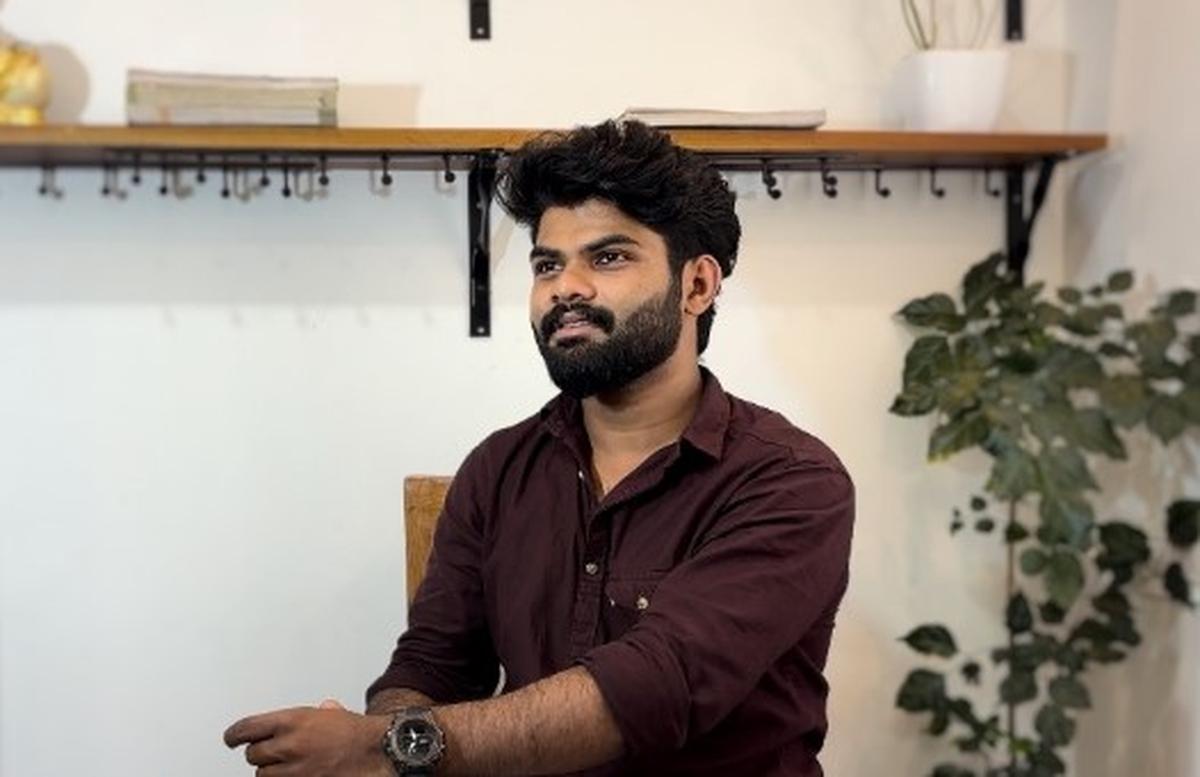
Arun Anirudhan who runs Modak Food
| Photo Credit:
SPECIAL ARRANGEMENT
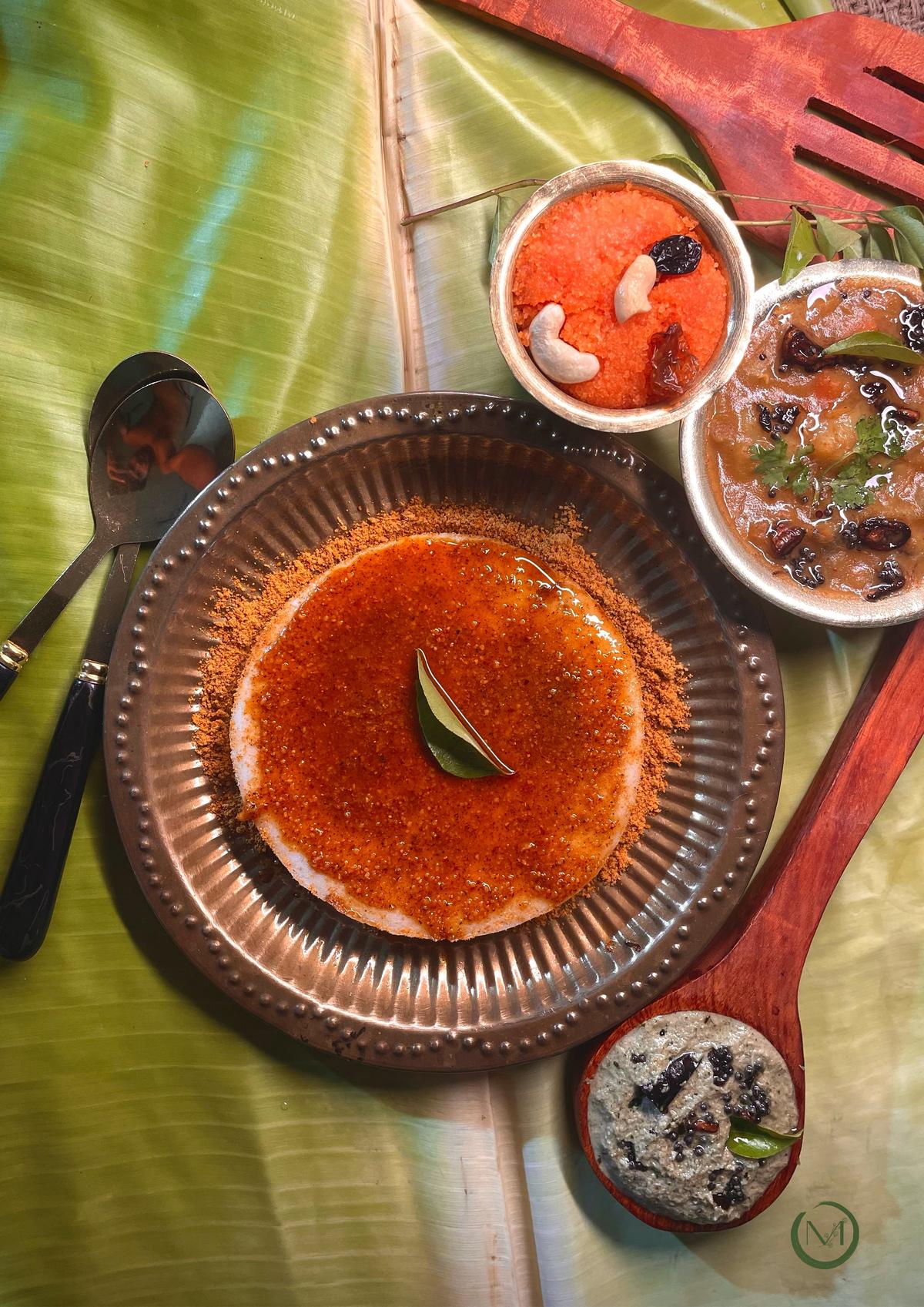
Podi idli from Modak Food
| Photo Credit:
SPECIAL ARRANGEMENT
Kariveppila podi idli, ellu podi idli, heart-shaped idli, ragi idli etc are served by Modak, which began operations in May 2024. The idlis are available throughout the day on food delivery apps and are served with sambar, tomato chutney, coconut chutney and kesari at prices starting from ₹110.
A recent addition to Suda Suda Idli’s menu is dum idli, which Venky discovered on the sets of a Vijay Devarakonda movie. “It was eaten there, especially by assistant directors and is made by mixing idli, sambar and uzhunnuvada (urad dal fritter) inside a container called a dum. You can have it with ghee and podi. We serve only around eight portions of it every day,” says Venky.
He adds, “Earlier our menu had ghee thatte idli and rasam idli, which we thought weren’t working. We also served cheratta (coconut shell) idli, but had to stop it since the cooking time was longer. They are planning to include a paneer idli for weekends and a pizza idli, with toppings like cheese, tomatoes, capsicums, corn and so on. The prices start from ₹40.
It was two years ago that Praveen Venky and wife, Rukmini started a vegetarian food stall Podi Idlyum Kattanum, opposite the Bhajanappura Palace, East Fort, after years of serving food exclusively during the Sabarimala season (November to January). “We decided to open a permanent outlet after I gave up my job as a temple priest. By then we were sure about having a regular flow of customers,” says Praveen.
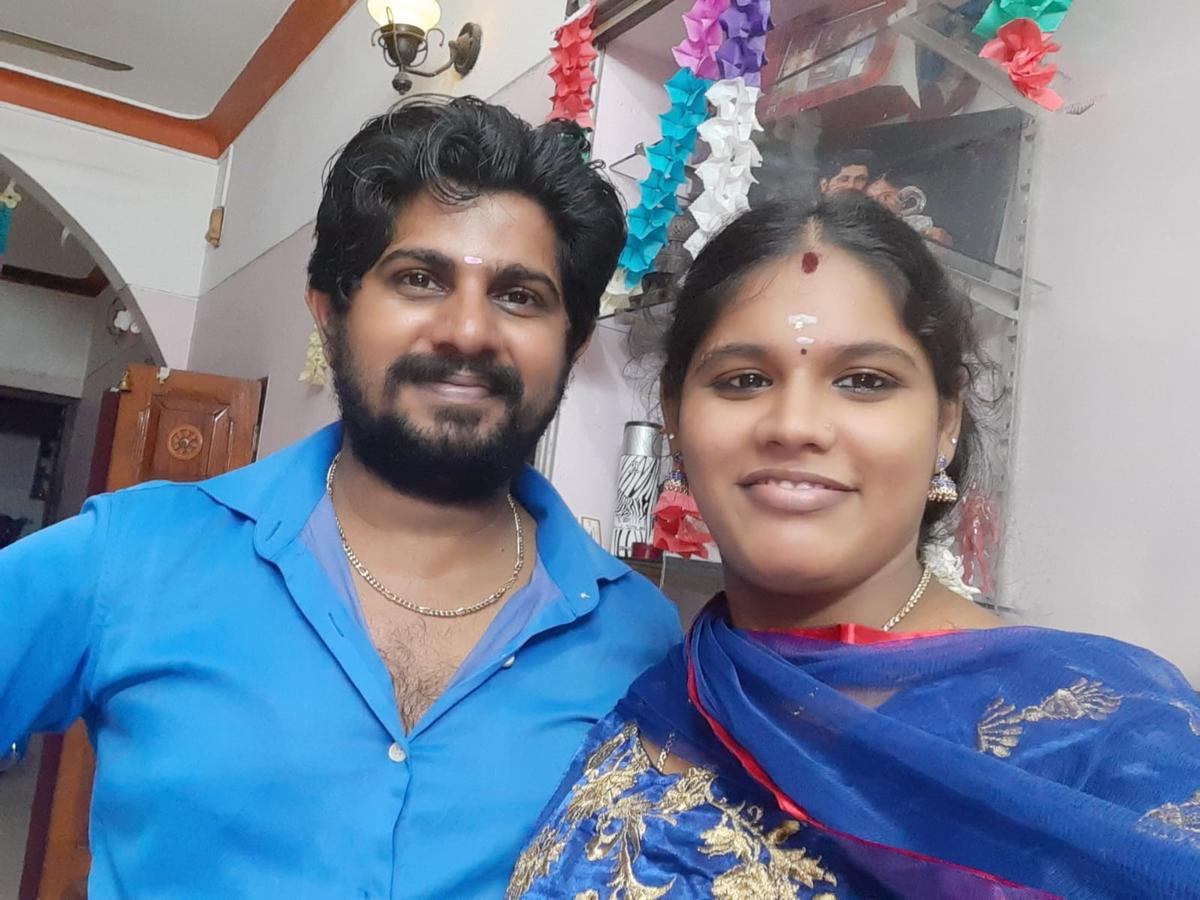
Praveen Venky and Rukmini
| Photo Credit:
SPECIAL ARRANGEMENT
The outlet serves plain idli, sambar idli and Ramasseri idli with five options for seasoning such as curry leaf, mint, coriander, red chilli and black pepper, depending on the availability of ingredients. The idlis are all priced ₹50 and ₹60 and the plain idli costs ₹10 per piece, says Praveen.
“We are going to introduce muringayila (drumstick leaves) podi as a seasoning, which will be nutritious as well,” says Athira. Among the specials at Chaikaari is neer idli, which is mini idlis soaked in neer chutney (a Karnataka style chutney made with coconut and roasted gram).
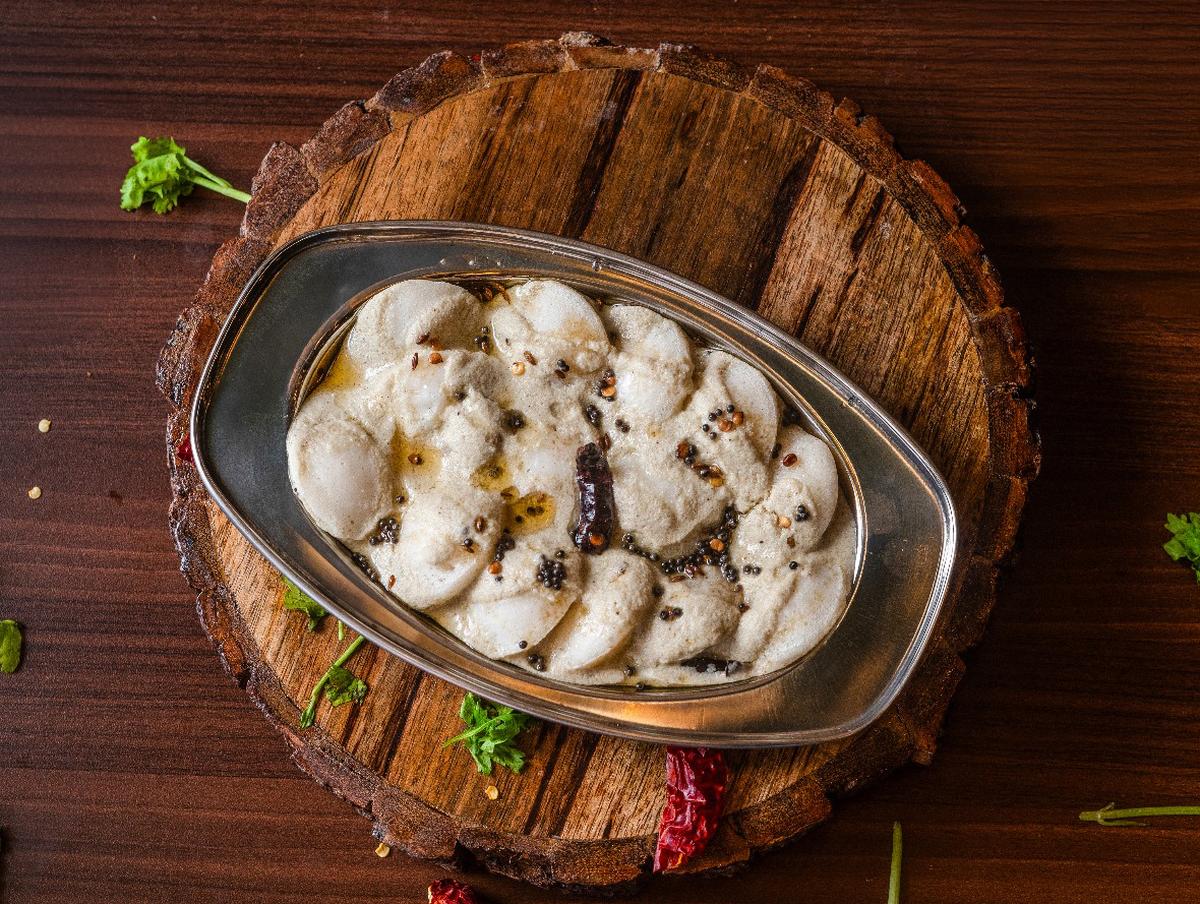
Neer idli from Chaikaari
| Photo Credit:
SPECIAL ARANGEMENT
The idlis at Chaikaari are served with coconut chutney, a green chutney made with mint, coriander and curry leaves, a coriander seed chutney, nellika (amla) rasam, sambar and kesari. The idlis are priced from ₹149 onwards.
Varieties such as kheema idli, fried idli, chilli idli, sodhi (Tirunelveli-style vegetable stew) idli and so on are also available in the city at eateries such as Namma Veedu Vasanta Bhavan, Ariya Nivas and so on.
With a plethora of these steamed goodness options at their disposal, some customers are finally giving idli a chance. Karthika JS, who works at a company in Technopark, says, “Normally, I am not fond of things which are steamed, and I don’t like having idlis at home. But now, when we go out, we go for the idli varieties and are willing to try more.”Athira says, “We also have a lot of North Indian customers who are not used to this food enjoying idlis now.”
Published – March 27, 2025 03:39 pm IST
